Whenever I go on holiday, one of the main things I look forward to is not having to do any cooking or cleaning for a week, but the main reason I enjoy a yearly break on the Costa Blanca is the food!
No matter what taste you have for food, Spain's Costa Blanca has a dearth of bars, cafes and restaurants from all corners of the world and not just Spanish food, but "when in Rome" as they say, so we looked at five dishes to try when on the Costa Blanca.
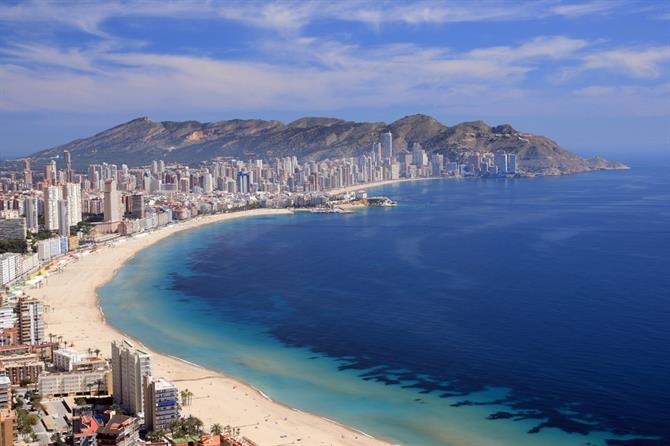
Eating on holiday can be such an adventure, and even many of the hotels along the costas provide a mixture of traditional Spanish food, fused with international options, reflecting the cosmopolitan clientèle that take their vacation each year in sunny Spain.
Even if you are planning to stay in a hotel and not one of our amazing range of holiday homes in Spain that become available to rent each year, then there is still no reason not to venture out of the sometimes sanitised hotel environment and go in search of some top grub!
We took a few days off in one of the most popular resorts along the coast, Benidorm, and sampled five dishes at lunch each day. that we felt really summed up the eastern shores of this wonderful and unforgettable country!
Day one: English food!
For many people who have moved to Spain from the UK, English food is readily available from the bars and cafes run by expatriates but it has to be stressed, this is ONLY in resorts and where the British own holiday homes etc. Travel a bit further north to the main regional city of Valencia, and even someone familiar with the area would hard pressed to find any British food at all.

So heading to the seaside resorts, meals from the full English breakfast, to roast dinners, pies and pasties, you are never far away from English food if you really can't break the habit of a lifetime!
Of course having a full cooked breakfast at a hotel, for example, can be a real treat for those on holiday, but for lunch time, why not head out of the hotel or holiday apartment, and discover some great food in the many restaurants where you are staying.
If it really HAS to be fish and chips, then popular resorts do cater for the British, Dutch and German tastes, although the fish may be slightly different than is the norm back in northern Europe and actually taste a bit "Fishier" if that makes sense?
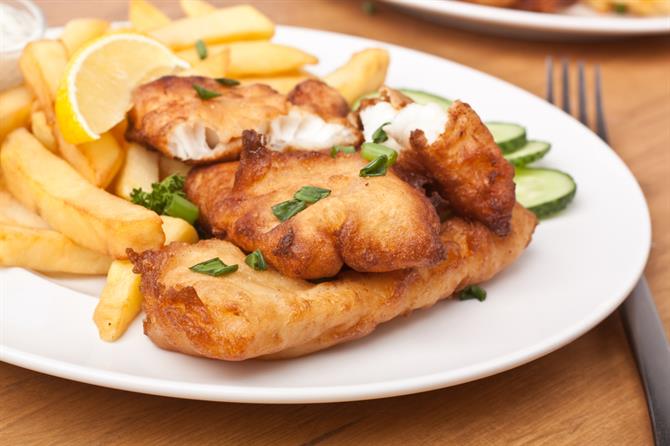
The Spanish eat differently and at different times to the British, so the main meal of the day here is during the early afternoon (called "La comida", literally "The meal"), and not in the evening such as in England or Ireland.
Lunch time in Spain often starts for the Spanish at, it would seem EXACTLY 2 o'clock on the dot for some bizarre reason, so if you are looking to eat alongside the Spanish whilst on holiday, our tip is to arrive at the restaurant no later than 1:30 to be sure of a table.
Day two: A nice sizzling steak!
Despite complaints from my long-suffering wife that I enjoy meat a bit too much, I do very much enjoy a nice steak, very well done, with all the fancy trimmings. These types of meals can be found in international, and Spanish eateries and not just British ones, but for a really good meal, head for a steakhouse or at least somewhere back from the beach and away from poor quality and silly prices.
There is nothing wrong with enjoying whatever you want to eat, after all, you are on holiday, however it is certainly recommended to try at least SOME local food and you never know, you may enjoy it!
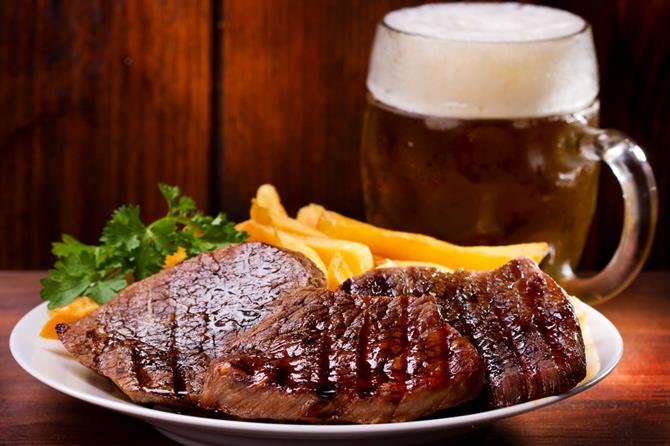
After the past 2 days of large meals, combined with the intense heat of July, it started to feel like we were constantly full, so we decided the next day, for lunch, we would try a lighter meal, something easy on the stomach, and of course easy on the wallet too whilst desperately staying away from anything remotely "Tourist".
Day three: Tapas
Tapas, the traditional Spanish cuisine of small, light portions, which can be enjoyed at any time of the day are available from almost any Spanish bar, and some restaurants too.
Tapas must not be confused or compared with a complete meal because they are traditionally small servings, and to be eaten frequently.
There are so many different forms and varieties of tapas and unless you are the sort of adventurous person who eats anything, then it's best to swot up on some Spanish names for food before you come on holiday, especially as the Spanish seem to include fish in almost everything apart from their morning coffee!
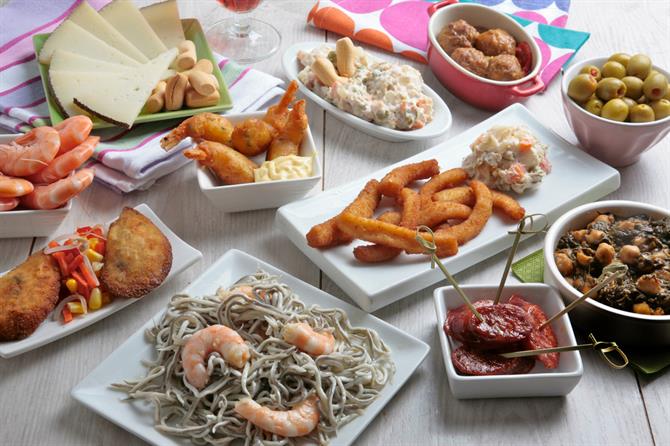
The locals have a very different approach to eating and drinking too and it's not unusual in the summer months to see someone sat down in a bar having breakfast with a beer or a bottle of wine at 8 o'clock in the morning!
Tapas is a cooking discipline in itself and to enjoy fully, it's best to just "jump in" and order something that looks nice. To find out what it is just say "Que hay dentro?" which means "What's in it?". Best of luck with the fish ones!
Day four: Wonderful Spanish seafood.
Spain is famed not only for it's consumption of more or less anything and everything that our oceans have to offer, but for its range and quality of seafood dishes, so on day four we decided to check out one of the seafood restaurants in the old town district of the city.
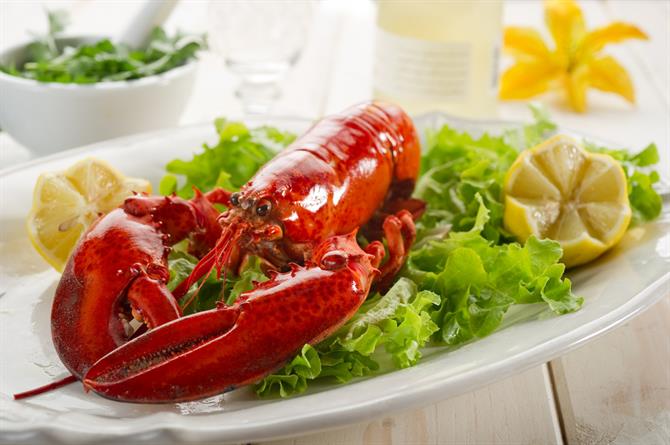
The quality of the food screams at you, although thankfully not literally, but whereas many seafood restaurants back in the UK have a somewhat limited, and very "British" menu on offer, the Spanish have always enjoyed the fruits of the sea and much of what's on offer is cooked fresh rather than frozen and reheated.
Seafood and shellfish (Pescados y mariscos) are represented well along the costas and whether its the finest lobster you are after, or something like "Pescaditos con ensalada" (Small fried white fish in salad), you can certainly afford to enjoy the wonderful varieties in restaurants up and down the coast.
Day Five: Traditional Paella.
First and foremost, Paella is NOT pronounced "pie-eller", it is "Pay-eya" or similar. Ok, let's move on!
Paella is the dish that for most northern Europeans, sums up Spanish cuisine, maybe incorrectly, but nevertheless it has become a staple food to try whilst on holiday in Spain. One thing to watch out for though is the fact that quality of the dish varies wildly from a wonderful culinary experience, to inedible muck, and it is best to research online the best paella restaurants before embarking on a quest to eat this meal.
Here's a few things that may not realise about Spain's "National dish".

Firstly, the "Proper" and "real" paella, the absolute authentic real deal will not be found on the costas, but a watered down tourist version, unless you know where the locals go for the real Mcoy.
True paella can only be found in the area around Valencia city known as Albufera.
The real Valencian paella consists of simple but essential ingredients such as white rice, green vegetables, meat (rabbit, chicken, duck), land snails, beans and seasoning. Enthusiasts will also say that it has to be cooked over a wood fire, and has to have water only from the river Turia.
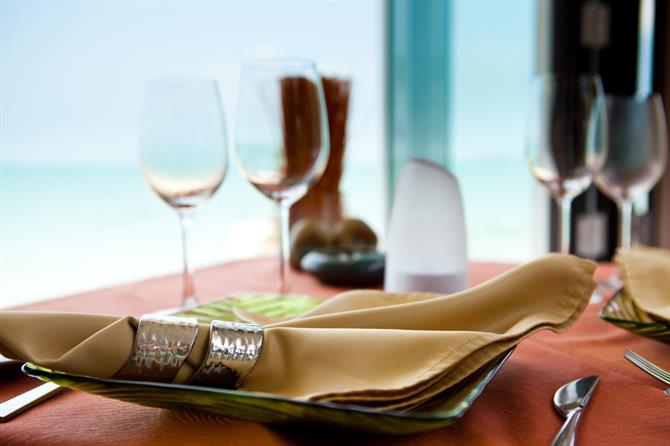
There is also a version that has black rice, made by using squid ink,and also a vegetarian one too, although be warned the locals view vegetarianism with suspicion and you need to check your veggie paella as its is highly likely some form of fish will have gone into it.
Other varieties spring up in different areas around Valencia, and some include such bizarre ingredients at water rats and pigs testicles! If like me, you find this rather gross then rather than pretending to be a purist or a food critic, the western tastes of the Costa Blanca will be good enough for us.
After our week of eating I think a diet is in order, but nevertheless, if you are planning a holiday on the Costa Blanca this year, it's unlikely you will go hungry!
